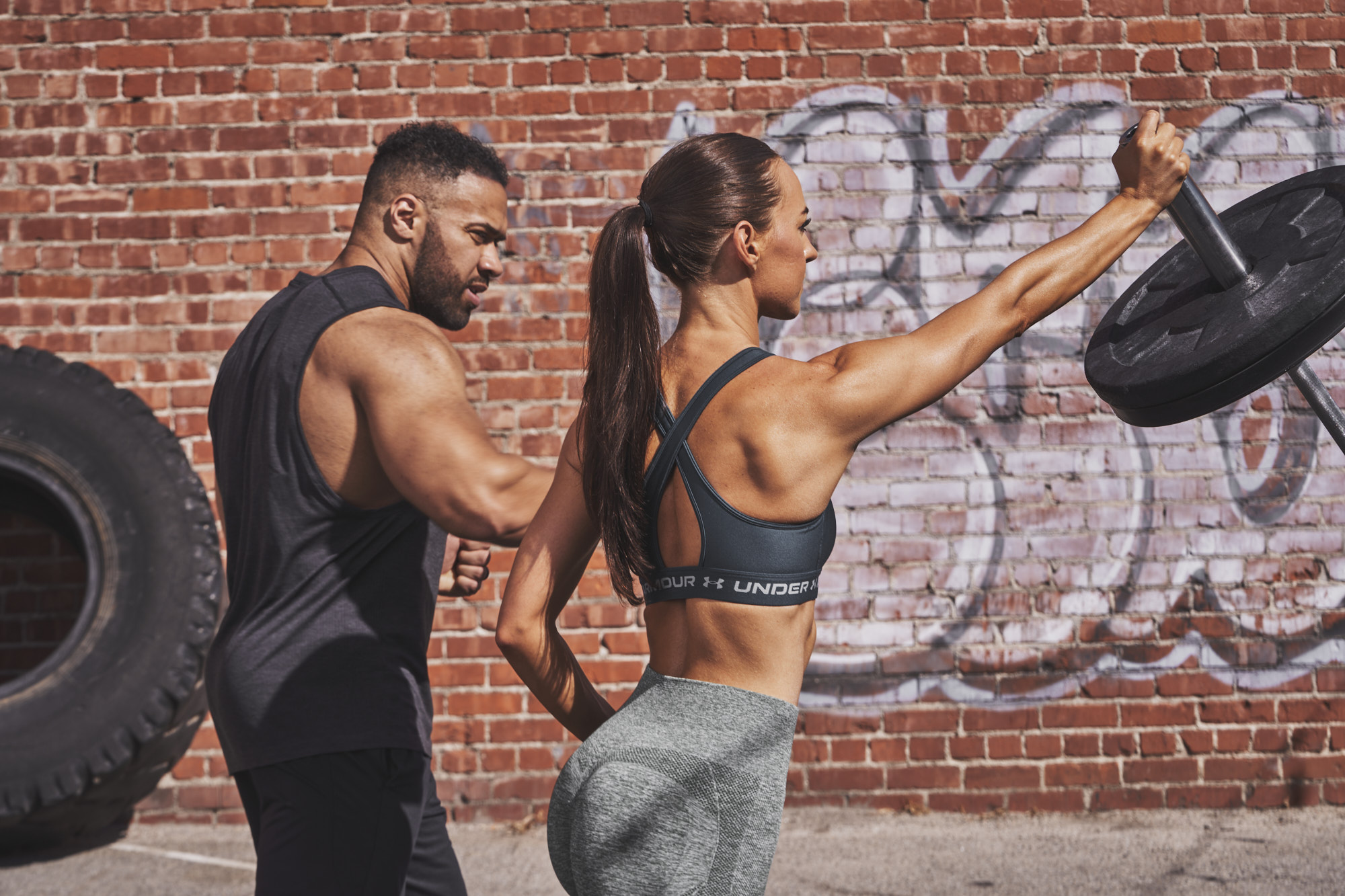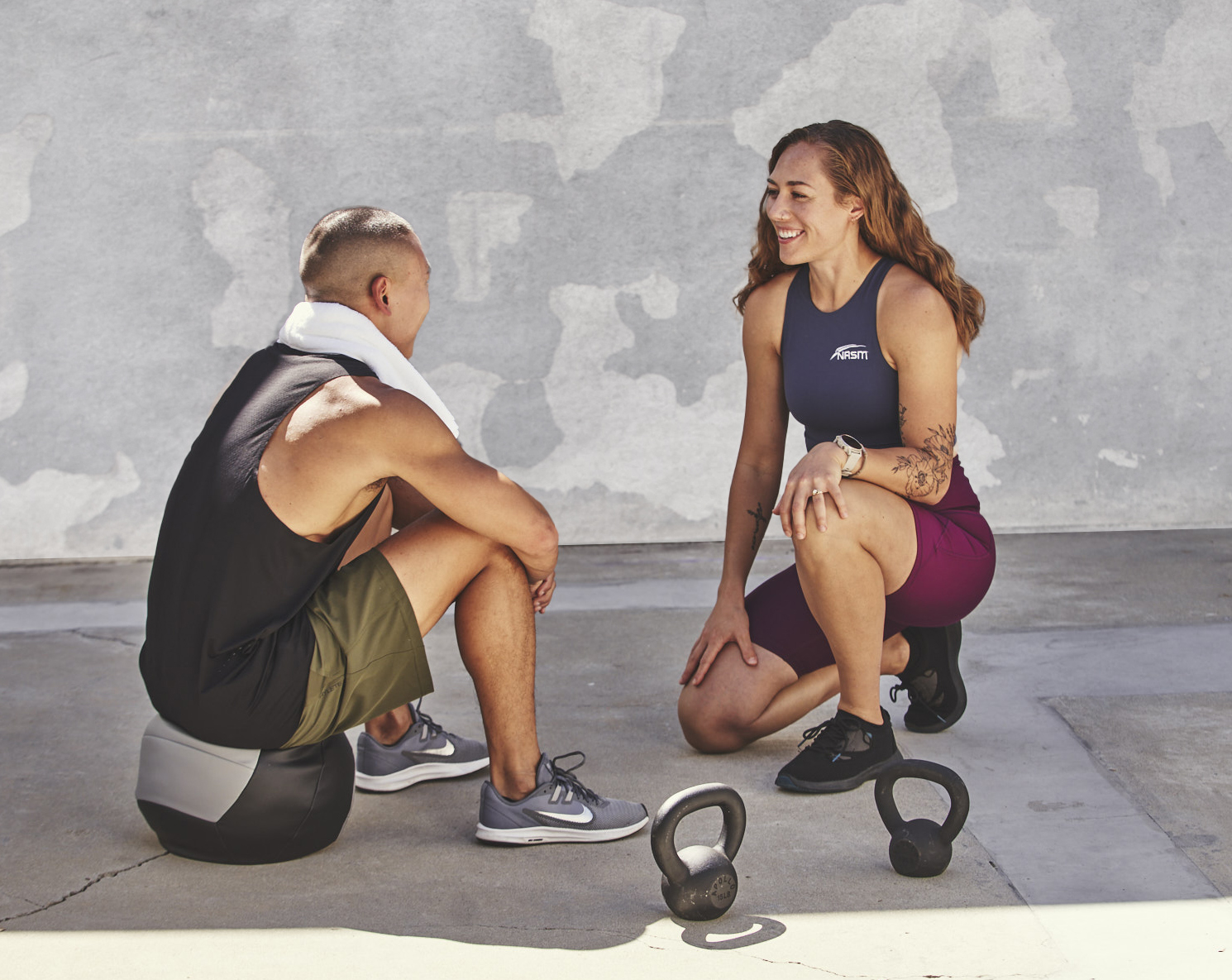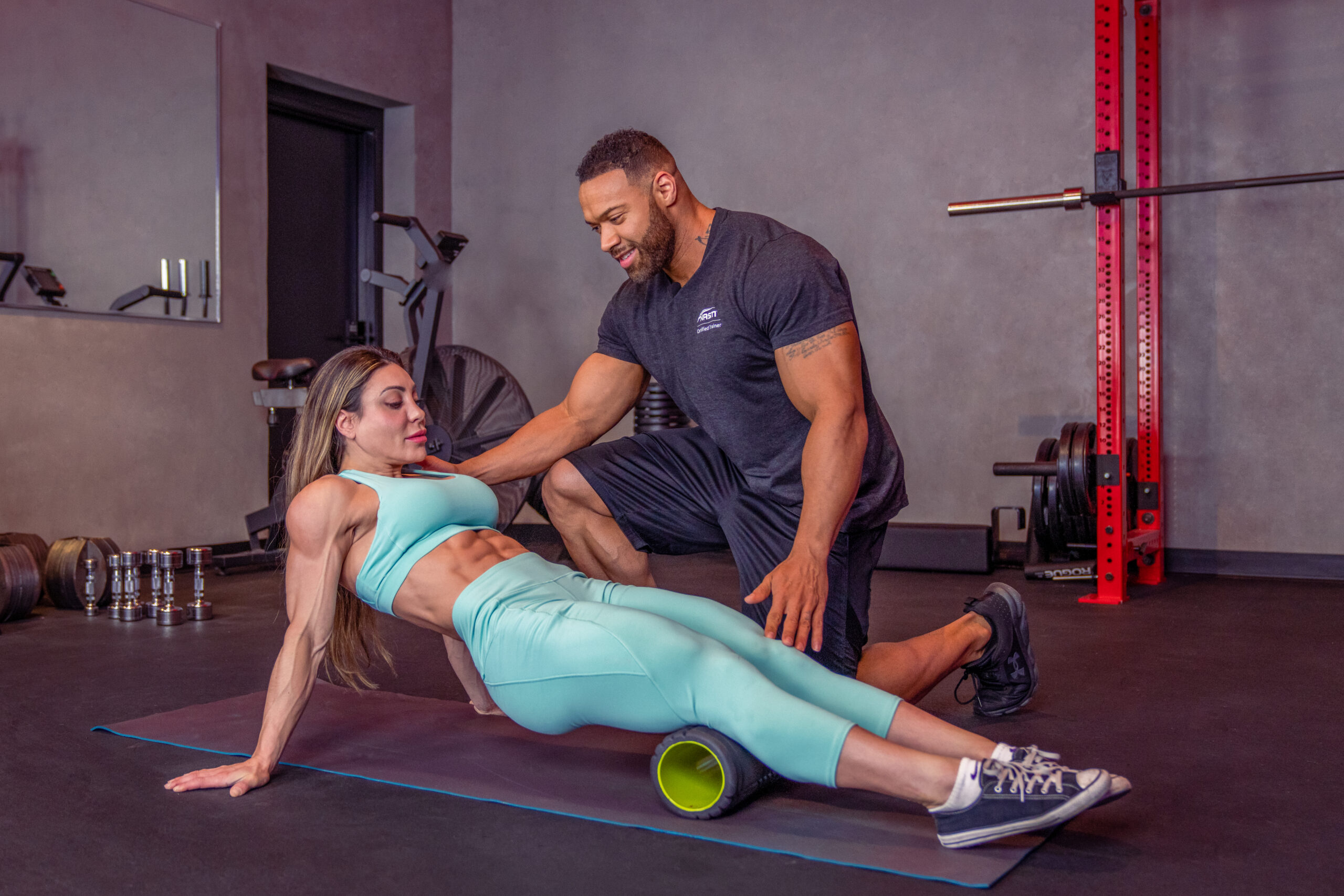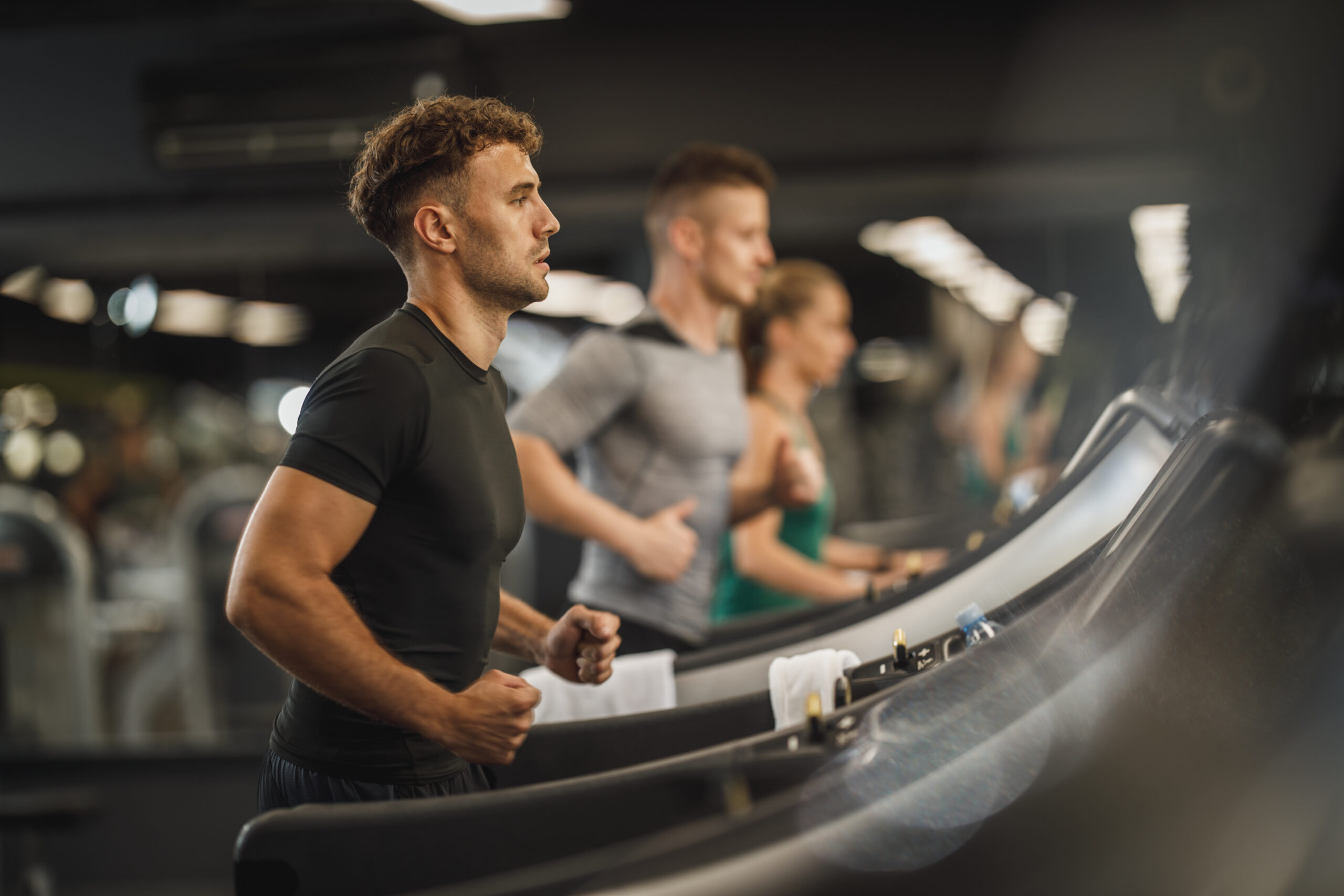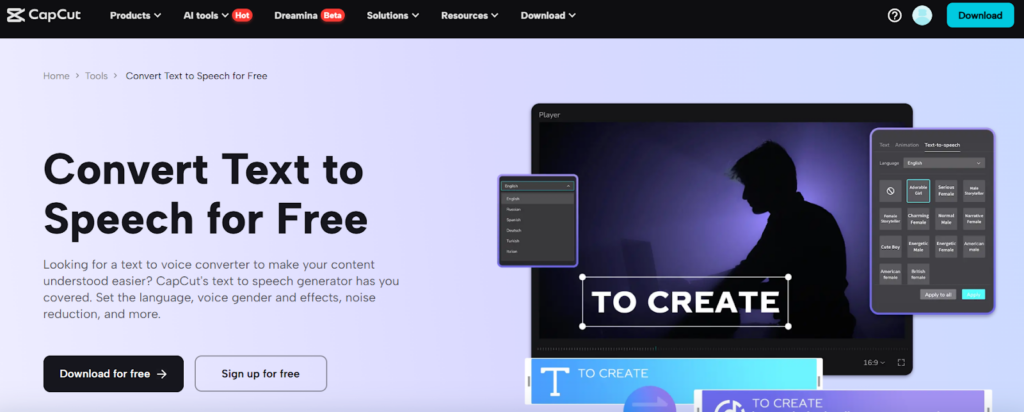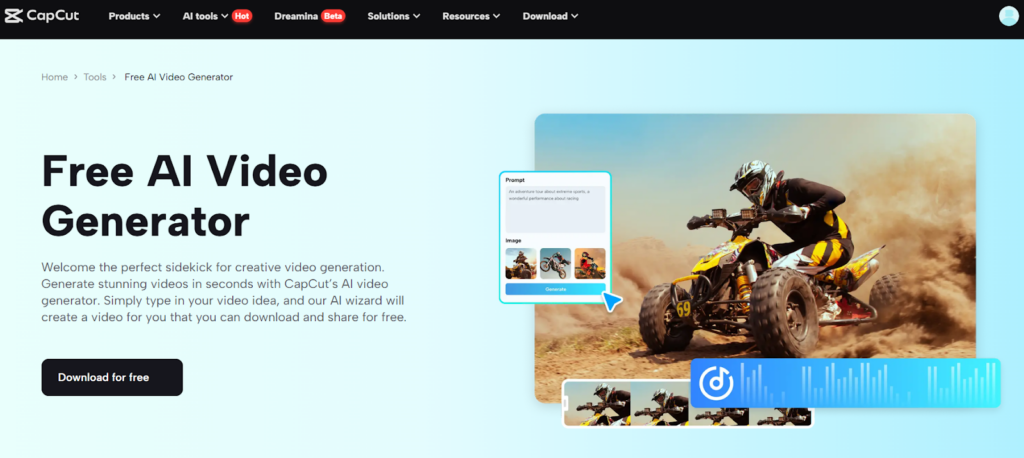Forget the old gym walls. No more neon-lit treadmills buzzing in your ears or overpriced protein shakes from behind glass counters. The rise of the digital nomad fitness coach rewrites the script. This is fitness unshackled—coaching that follows you across oceans, cities, time zones, jungle hammocks, icy rooftops. Remote coaching is not the future; it’s the now, and it’s built for motion.
Digital fitness coaching is what happens when your personal trainer trades the gym for a laptop and solid Wi-Fi. It’s personalized, adaptable, tech-infused. One moment they’re in Thailand; next, they’re pinging you from a cafe in Lisbon. And yet, your routine? Still structured. Still intense. Still yours.
According to a 2024 Global Wellness Institute report, over 43% of fitness clients under 35 now prefer remote training methods. Want numbers? The digital fitness industry—apps, programs, coaching—saw a 211% increase since 2020. This isn’t a bubble. It’s a wave, and it’s global.
You, Your Body, and a Wi-Fi Signal
What does remote coaching look like? No two experiences are the same—and that’s kind of the point.
Some nomad coaches offer pre-recorded video workouts tailored to your fitness goals. Others offer live sessions via Zoom or Google Meet, guiding your form in real time. Some go full bespoke—tracking your macros, analyzing your sleep cycles, tweaking your squat form frame-by-frame. Fitness tech like WHOOP, Garmin, and Apple Watch feed data directly into your coach’s dashboards. You’re not just following a plan; you’re being observed, calibrated, and challenged, wherever you roam.
One client might be deadlifting in a Polish co-working space’s basement. Another might be doing burpees outside a campervan in Patagonia. Doesn’t matter. The structure remains.
A Day in the Life of a Digital Nomad Coach
Let’s step behind the screen. Imagine a coach—let’s call her Tasha. She wakes at 6 a.m. in Medellín, fires up her laptop, and opens four dashboards: one for her meal-prep clients, another for her HIIT crew, a third for mobility restoration, and the last for progress tracking. She hosts a mobility session for Tokyo-based freelancers, answers nutrition questions from a Berlin coder, and records a glutes workout before lunch. Then, she hits send.
By nightfall? Client check-ins. Adjustments. Encouragements. Sleep hygiene reminders. Motivation nudges.
Remote coaching is part fitness, part data science, part empathy.
Security, Surveillance, and Staying Safe on the Road
Let’s talk about the invisible threat. A digital nomad coach needs a secure network like a kettlebell needs gravity. When you’re moving between airports, Airbnbs, coffee shops, and hostels, your data is exposed. Not just your own—your clients’ data too. Health stats, messages, training history, private videos.
Here we can already talk about VPN. You can always choose VPN for iOS simply by intuition or intuition, or you can choose a proven and high-tech VPN.
For example, VeePN is popular among iPhone users in the professional environment. VeePN encrypts all traffic—training plans, check-in videos, payment links. No snooping, no stolen passwords, no interruptions.
Digital Fitness = Real Accountability
“But how do I stay motivated?” someone asks. Easy to wonder. Harder to answer—unless your coach is in your pocket.
Remote coaching relies on more than just video sessions. There’s WhatsApp check-ins, daily habit tracking, calendar reminders, breathwork guides, push notifications, sleep reports. Your coach might send you a 20-second voice memo before your workout, or call you out (gently) for skipping stretches. You feel seen. Because you are.
And the data doesn’t lie. A 2023 report by Statista revealed that individuals with remote coaches reported 33% higher long-term workout adherence compared to those using self-guided app workouts. Even if your coach is on a different continent, the connection? Concrete.
Building Trust in a Borderless Profession
Digital nomad fitness coaches thrive on trust, not geography. Their reputations float online—held aloft by testimonials, Instagram reels, Google Drive spreadsheets. They don’t just teach; they curate an ecosystem of fitness. Meal plans. Meditation. Accountability. Emotional support.
For them, onboarding is everything. Video intros. Personalized assessments. Trial workouts. Continuous feedback. Trust, security, and credibility are everything. But that’s where helpers like VeePN come in handy. Their programs often blend structure with fluidity—because they, too, are chasing that balance between the body and the borderless life.
And their audience? Entrepreneurs, content creators, remote developers, and creatives. All hungry for health, for guidance, for rhythm amid digital chaos.
The Technology Stack Behind the Muscle
It’s not just VeePN that keeps the remote fitness world alive. It’s a whole digital architecture. Think Calendly for scheduling. Stripe for payments. Notion for habit dashboards. Trainerize, TrueCoach, or MyPTHub for custom workouts. Zoom for live sweat sessions. Slack or Discord for community engagement. Dropbox or Google Drive for content delivery.
These tools combine to create something deeper than exercise: a digital culture of wellness.
Final Reps
Fitness no longer wears one face. It’s lean, adaptive, always online. The digital nomad fitness coach isn’t just a trainer—they’re a mobile mentor, a strategist for your body and your schedule. Whether they’re broadcasting from Nepal or Nicaragua, their influence cuts through distance like a sprint interval through silence.
Their secret weapon? Adaptability. And security—thanks to tools like VeePN that protect their craft and your data.
So whether you’re a remote worker slouched in Bali or a startup founder pacing a Tokyo apartment, remember: your next set, your next step, your next sweat could be just one DM away.
And maybe that’s the healthiest thing the internet’s ever done.


